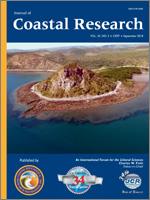BioOne.org will be down briefly for maintenance on 14 May 2025 between 18:00-22:00 Pacific Time US. We apologize for any inconvenience.
FRONT MATTER (1)
RESEARCH ARTICLES (18)
REVIEW ARTICLES (1)
BOOK REVIEW (1)

No abstract available
No abstract available
